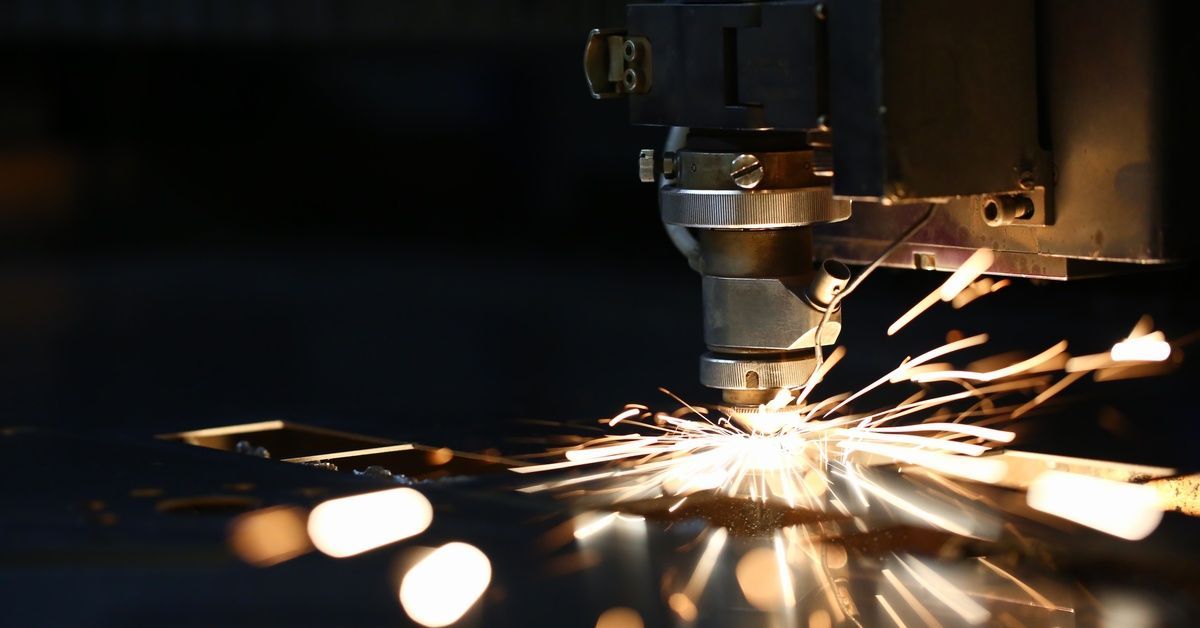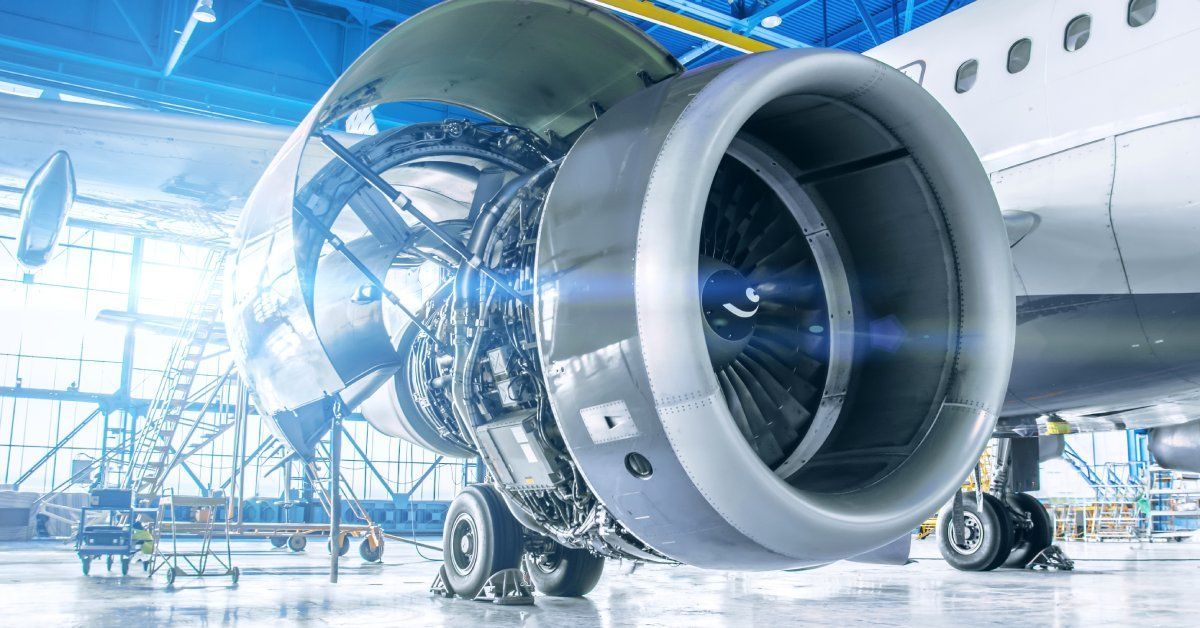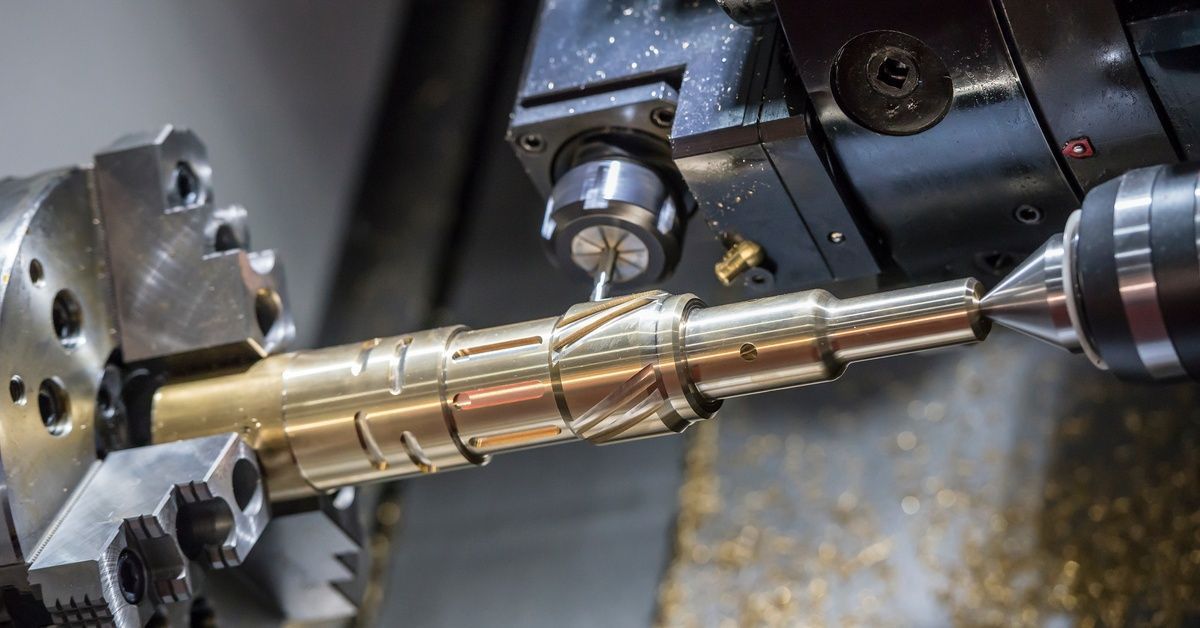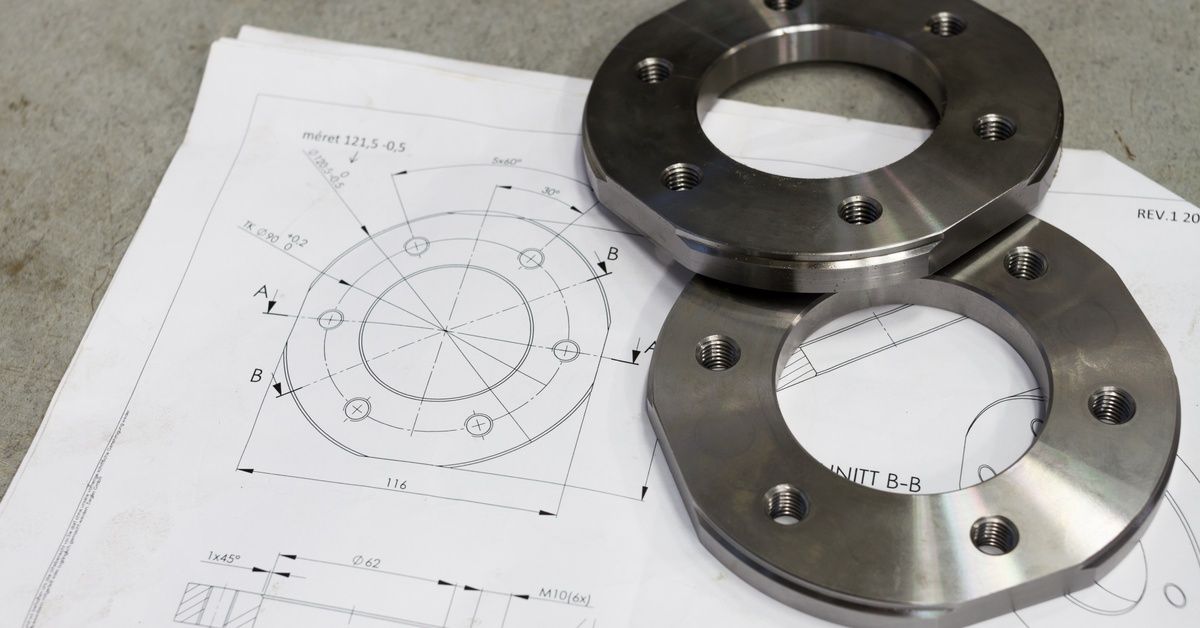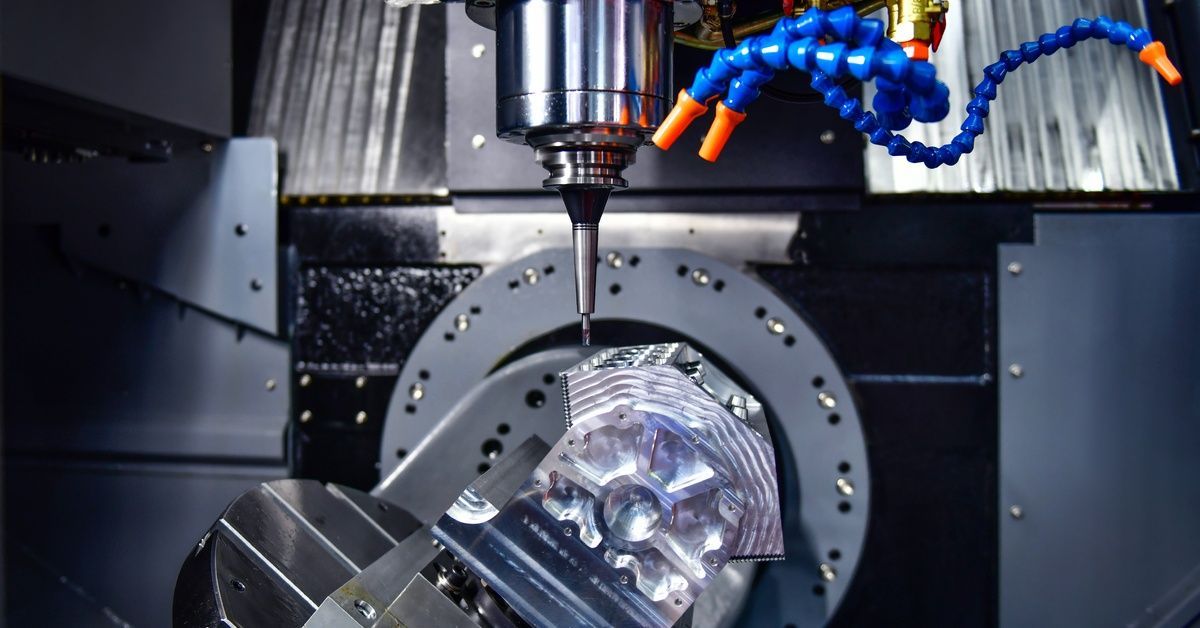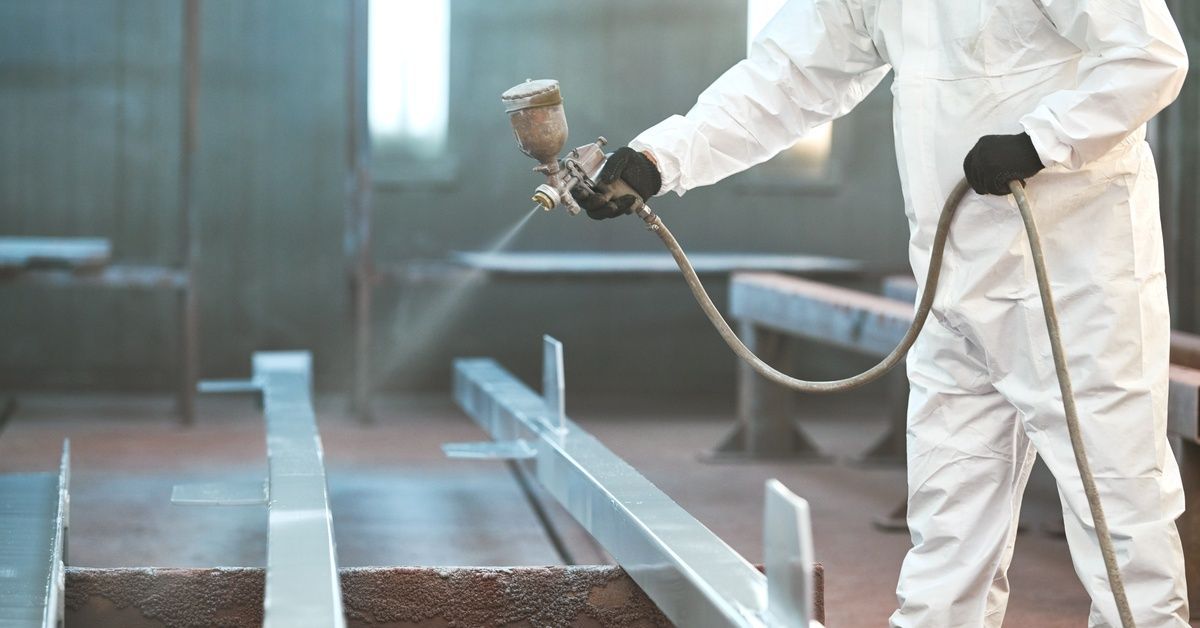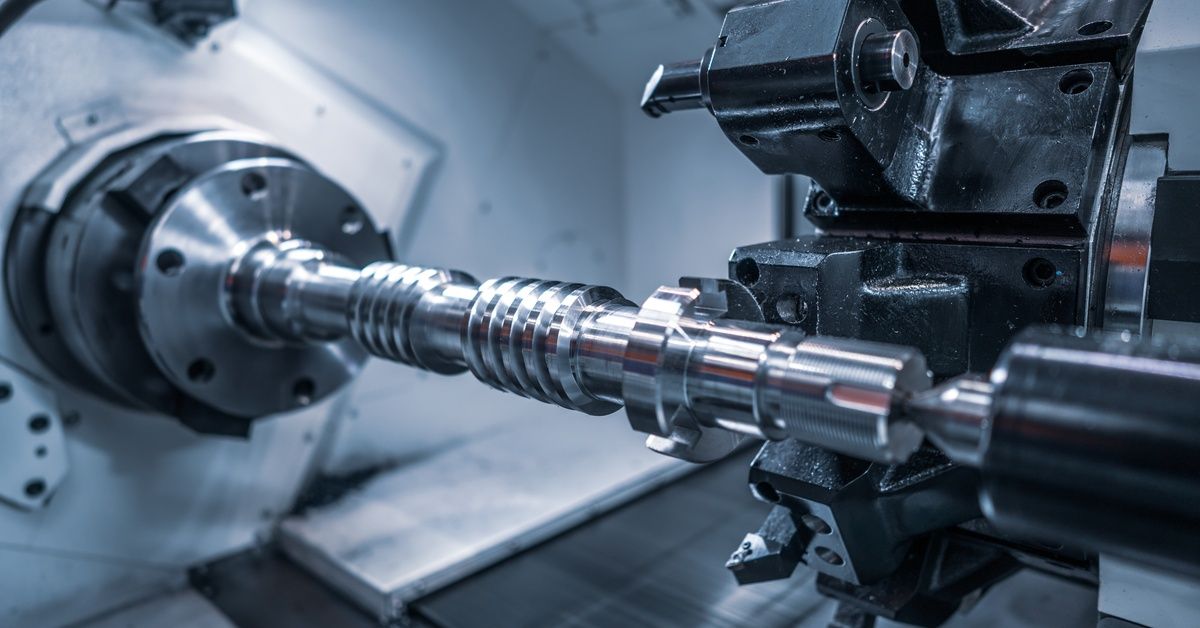3 Mistakes To Avoid When Designing Machined Parts
Designing machined parts is a craft that blends the precision of engineering with the artistry of material science. Unfortunately, even the smallest oversight in part design can snowball into costly errors.
Let’s unveil the top three mistakes to avoid when designing machined parts so you can prevent them from throwing a wrench in your production. Navigating these pitfalls will help you save time and resources while leading to a superior end product.
Ignoring Material Selection
Material choice is the bedrock upon which a machined part stands. It dictates the part’s ability to withstand stress, its machinability, and the feasibility of the part’s purpose.
Neglecting this foundational step is akin to building a structure without laying the foundation. Instead of choosing the most readily available or cheapest material, consider how effective it is to machine and how it will act in the final product.
Machined parts often carry out critical functions, from transmitting power in car engines to providing stability in aerospace components. Each function requires specific characteristics, whether high strength, corrosion resistance, or thermal conductivity. Using the wrong material can render the part inadequate for its task and result in an expensive and possibly dangerous failure.
Overlooking Wall Height & Thickness
Designing parts with tall, thin walls might seem like an efficient use of materials and space, but it presents manufacturing challenges. Tall, thin walls on machined parts are prone to vibrations during machining, which can lead to inaccuracies and flaws in the final product.
This doesn’t mean you can’t forge tall walls on a machined part! Simply increase the thickness of the workpiece so that, at greater heights, it can maintain structural integrity and aesthetic value.
It’s about balancing aesthetics and functionality—every millimeter counts. Close collaboration between your design team and seasoned machinists will produce good results.
At H&H, our custom machine shop maintains clear communication with clients to understand what they want and communicate the feasibility of their concept. Whether you end up judiciously adjusting wall thicknesses or redesigning the part entirely, the goal is to bring your concept to fruition without sacrificing stability or quality.
Adding Unnecessary Design Features
In the pursuit of perfection, you might feel tempted to augment machined parts with additional features you think may add value. However, doing this can lead to increased complexity and cost without benefits.
Sometimes, the beauty and functionality of a part lie in what you remove rather than what you add. Aesthetic flourishes can be great additions to machined parts, but you must balance the purpose of that design and how long it will take to complete.
For instance, integrating aesthetic but non-functional grooves or edges might seem like a good idea at the design stage but can complicate the manufacturing process, drive up costs, and extend lead times. Consult your design and manufacturing teams to ensure each feature serves a clear purpose. Avoid these mistakes when designing machined parts to enjoy smooth, efficient production.



